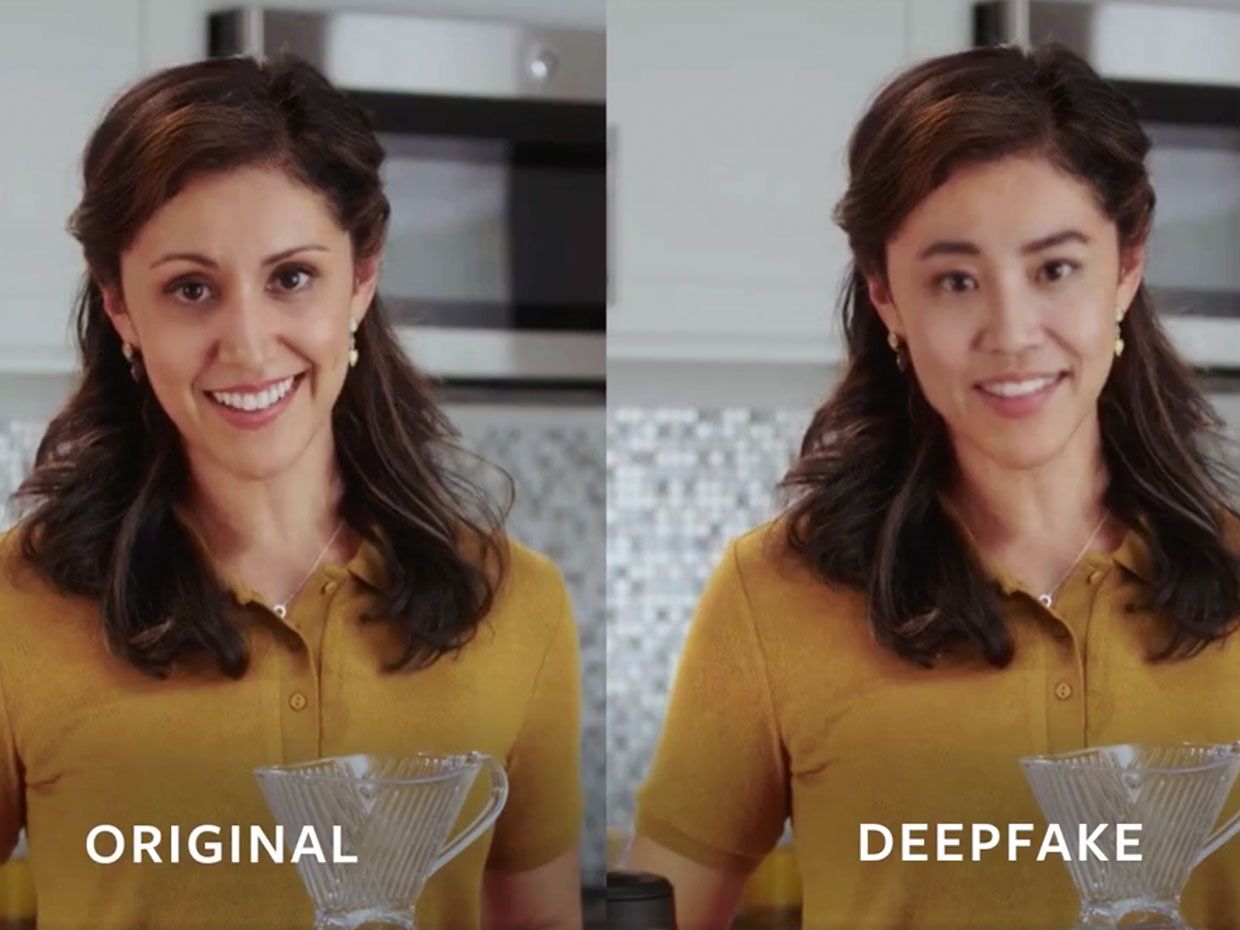Bobby Urse
bobbyurse2@gmail.com
 |
| image by spectrum.ieee.org |
Deepfakes are audio or video manipulations that utilize artificial intelligence deep learning. Usually when people use the word "deepfake", they are referring to a video that has been altered to make someone resemble someone else. This technology matches pictures of two different people, frame by frame until they are indistinguishable from each other. The more quality pictures there are of that person, like a celebrity or public figure, the better quality the deepfake can be.
This technology poses a new problem in the fight against misinformation. Ian Bogost's article for the Verge Stop Trusting Viral Videos Bogost highlights how viral videos can be biased in their one-sidedness or not truly show the full scope of the scene. Soon enough will videos of our own politicians be involved in this umbrella of not trusting viral videos? Yes and no.
Back in 2018, the Flemish Socialist Party of Belgium commissioned a deepfake video of U.S. President Donald Trump to urge the country to exit the Paris Climate Agreement. The video, which was clearly fake, still convinced viewers that it was genuine despite its poor quality. This is scary as non-English speakers unfamiliar to our politics may be more easily swayed to believe deepfakes of this nature, as we might be just as suspectable to an unfamiliar Belgian Politician.
Videos like this are so dangerous as they could spread misinformation in a myriad of ways. They could circulate to people who do not have internet so they cannot fact check its legitimacy or not. Communist governments that give their citizens news could intentionally or unintentionally distribute deepfake videos. Even educated free people with access to the internet could still fall into the allure of a seemingly real video.
Deepfakes are a new technology that we all must familiarize ourselves with as they will only get better over time. Knowing how to spot one will get harder as they get more advanced, but the techniques should essentially stay the same.
The video How to Spot A Deep Fake by CNA Insider suggests multiple ways to spot a deepfake. The most promising solution is to look up surrounding media on that video to see what has been said about it. Have other media outlets reported on this story? Also one can look for distortions in the video itself but as deepfake technology gets more advanced this will become harder to discern. That is why they recommend reverse image searching a frame from the video to see If there is an original video from an earlier time that has been manipulated.
We all must be better at fact-checking the news we consume. Multiple sources and perspectives can only help. Especially in an election year and even more so with the advent of new technology. As Donald Miller said, "In the age of information, ignorance is a choice."
No comments:
Post a Comment